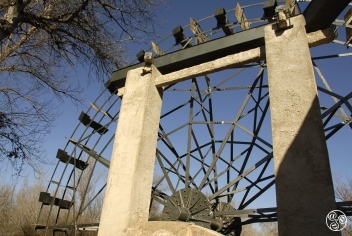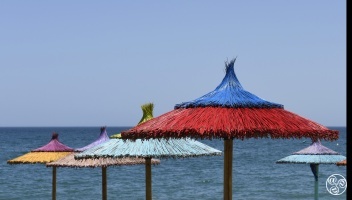Puerto Serrano, a charming Andalusian village, is a hidden gem nestled in the province of Cádiz. With its rich history and stunning architecture, it offers a captivating glimpse into the past. The village's two main landmarks, the Church of Santa María Magdalena and the Molino de Siré, stand side by side, showcasing the region's Baroque and Neo-Classical styles. Beyond these architectural wonders, Puerto Serrano boasts a vibrant cultural heritage, evident in its traditional festivals and archaeological sites. Whether you're exploring the historic streets, admiring the religious art, or immersing yourself in the local traditions, Puerto Serrano promises an unforgettable experience.




